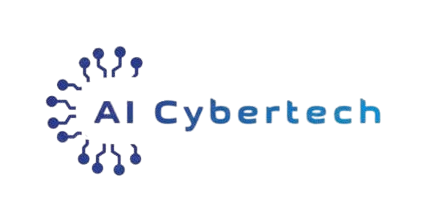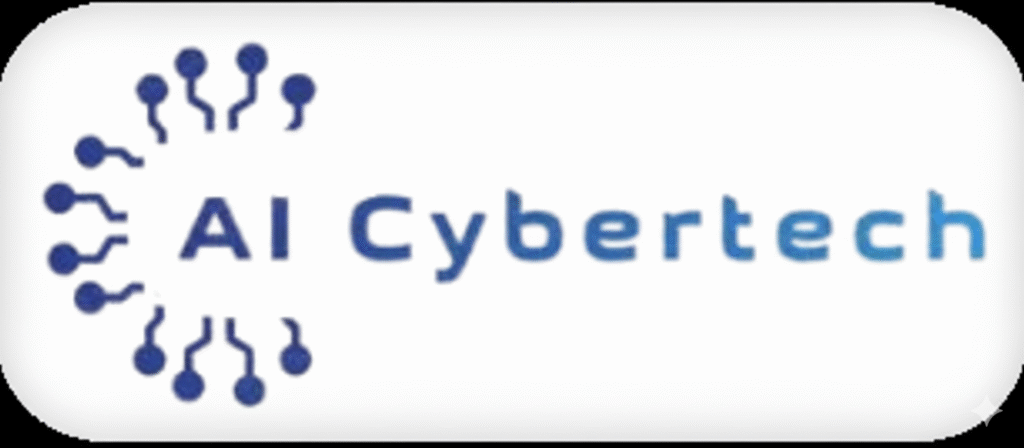Decoding the Digital Age: Your Guide to AI and Automation
- September 30, 2025
Ever wondered how your favorite streaming service knows exactly what movie you want to watch next? Or how online retailers suggest products you didn’t even know you needed? The magic behind this is a powerful combination of Artificial Intelligence (AI) and Automation. They are the twin engines driving our world forward, but what do they really mean? Let’s break it down.
What Exactly Are AI and Automation?
While often used interchangeably, AI and automation are distinct concepts.
Automation is about making a system or process operate automatically. Think of it as following a pre-set list of instructions. A classic example is a factory assembly line where a robot arm performs the same welding task over and over. It’s incredibly efficient but doesn’t learn or adapt. It’s the “how”—executing a task without human intervention.
Artificial Intelligence (AI), on the other hand, is about creating systems that can think, learn, and make decisions like a human. It’s the “brain” behind the operation. Instead of just following instructions, AI can analyze data, recognize patterns, and adapt its actions based on new information. Think of the AI that plays chess; it doesn’t just make pre-programmed moves, it analyzes the board and predicts its opponent’s strategy.
A simple analogy: An automated car wash follows a fixed sequence of soaping, rinsing, and drying. An AI-powered self-driving car, however, navigates complex traffic, interprets road signs, and makes real-time decisions to get you safely to your destination.
The Dynamic Duo: How AI and Automation Work Together
The real revolution happens when AI and automation join forces. AI provides the intelligence, and automation provides the muscle to carry out the tasks. This synergy creates systems that are not just fast and efficient, but also smart and adaptive.
Consider your email inbox.
-
Automation: Rules that automatically file emails from a specific sender into a designated folder.
-
AI: The spam filter that learns to identify junk mail by analyzing language, sender reputation, and user behavior.
-
AI + Automation: The system intelligently identifies an email as “promotional” (AI) and then automatically moves it to the “Promotions” tab (automation), keeping your primary inbox clean.
This partnership allows for intelligent automation, where processes can handle variability and make decisions without human oversight.
The Real-World Impact
The collaboration between AI and automation is reshaping every industry:
-
Healthcare: AI algorithms analyze medical scans to detect diseases like cancer with incredible accuracy, while robotic systems assist surgeons in performing complex operations with greater precision.
-
Finance: AI-powered systems detect fraudulent transactions in real-time and automate the process of blocking them, protecting consumers and institutions.
-
Customer Service: Chatbots (a form of AI and automation) handle common customer queries 24/7, freeing up human agents to focus on more complex issues.
-
Manufacturing: “Smart factories” use AI to predict when machinery needs maintenance, preventing costly breakdowns and optimizing production schedules automatically.
The Human Element: Friend or Foe?
The rise of intelligent automation naturally raises questions about the future of work. While it’s true that some repetitive jobs will be replaced, AI and automation are also creating new roles and augmenting human capabilities. The goal isn’t to replace humans, but to empower them.
By automating mundane and repetitive tasks, these technologies free us up to focus on what we do best: creativity, critical thinking, and emotional intelligence. A doctor can spend more time with a patient because AI has already analyzed the preliminary data. A marketer can focus on creative strategy because automation is handling the data analysis.
The Future is Automated and Smart
AI and automation are no longer science fiction; they are a fundamental part of our daily lives. From the smart assistants in our homes to the complex systems that manage our power grids, this dynamic duo is making our world more efficient, connected, and intelligent. Understanding them isn’t just for tech enthusiasts—it’s for anyone who wants to navigate the future. The next time your GPS magically reroutes you around a traffic jam, you’ll know it’s not just a program following orders; it’s a smart system, thinking and acting on your behalf. Welcome to the age of intelligent automation!








